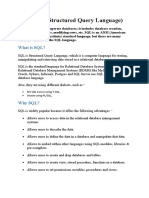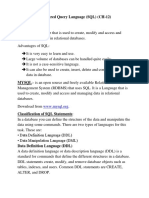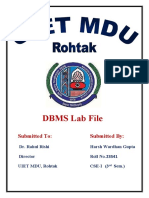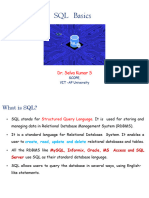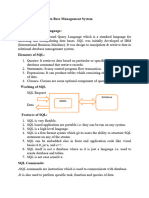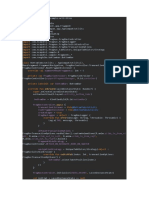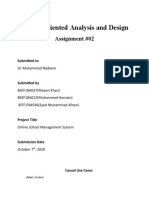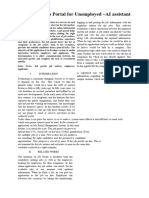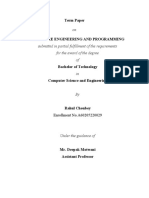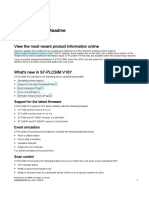0% found this document useful (0 votes)
28 views19 pagesDBMS L1 - Lab
The document provides an overview of SQL (Structured Query Language), its history, and its role in managing relational databases. It details various SQL commands, including Data Definition Language (DDL) and Data Manipulation Language (DML), along with examples of how to create tables, insert values, and query data. Additionally, it explains the use of operators and clauses such as WHERE, LIKE, IN, and DELETE in SQL statements.
Uploaded by
Sairam ManneCopyright
© © All Rights Reserved
We take content rights seriously. If you suspect this is your content, claim it here.
Available Formats
Download as PDF, TXT or read online on Scribd
0% found this document useful (0 votes)
28 views19 pagesDBMS L1 - Lab
The document provides an overview of SQL (Structured Query Language), its history, and its role in managing relational databases. It details various SQL commands, including Data Definition Language (DDL) and Data Manipulation Language (DML), along with examples of how to create tables, insert values, and query data. Additionally, it explains the use of operators and clauses such as WHERE, LIKE, IN, and DELETE in SQL statements.
Uploaded by
Sairam ManneCopyright
© © All Rights Reserved
We take content rights seriously. If you suspect this is your content, claim it here.
Available Formats
Download as PDF, TXT or read online on Scribd
/ 19










